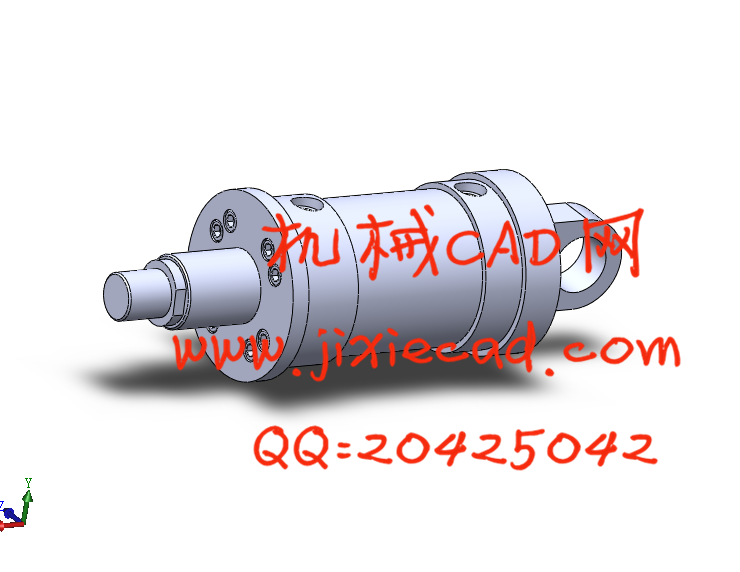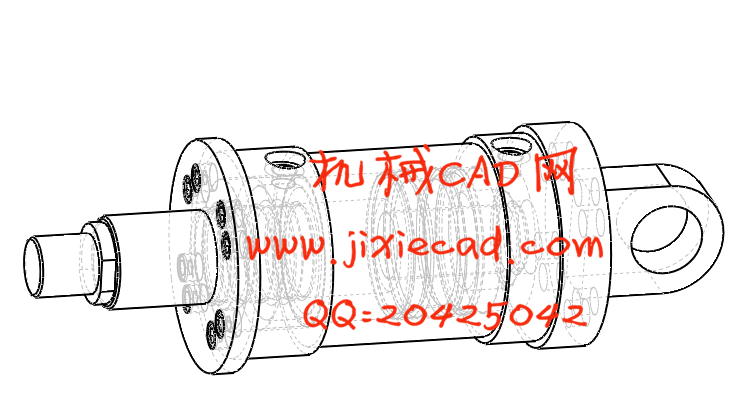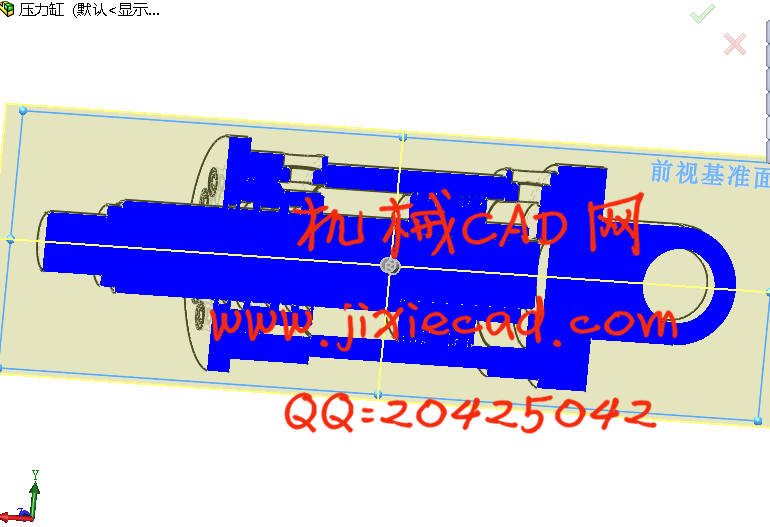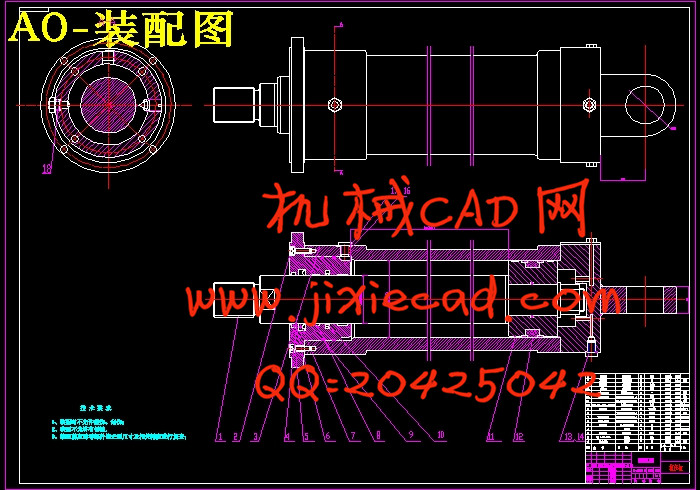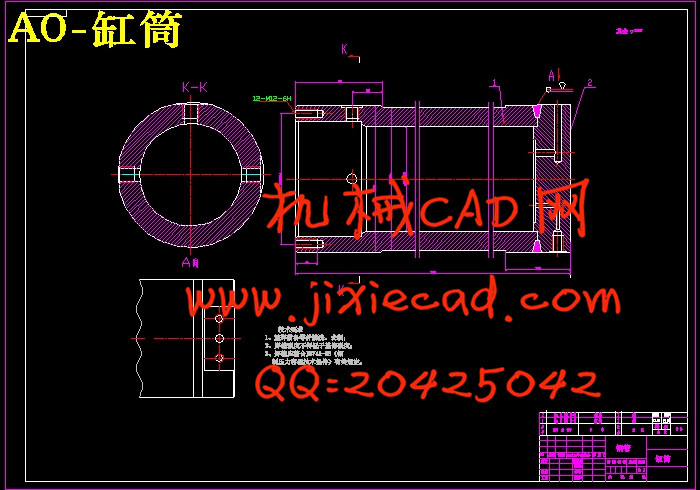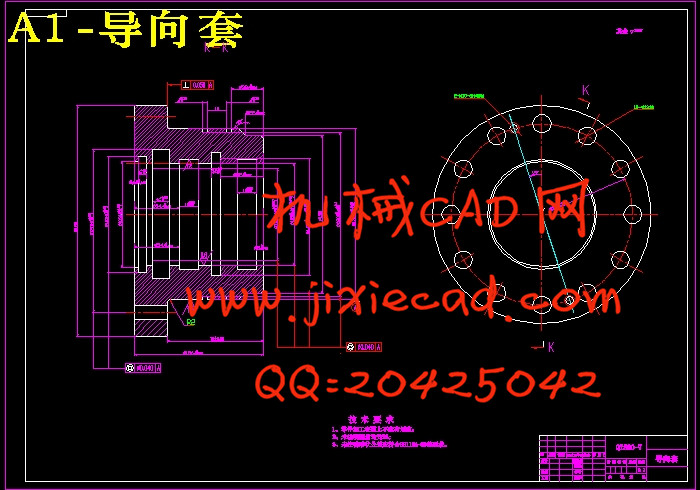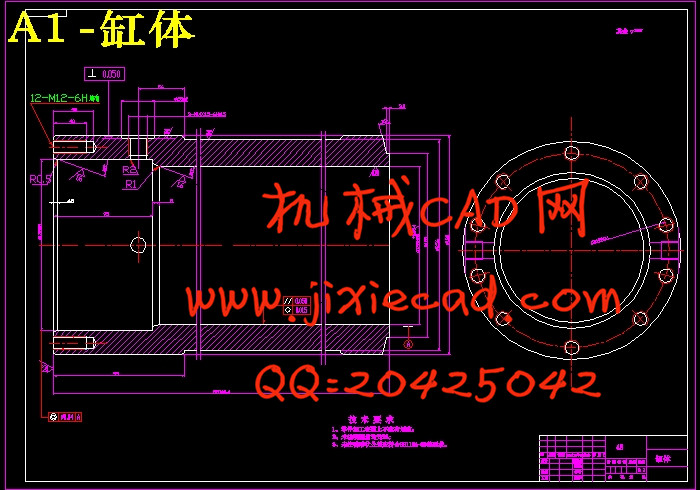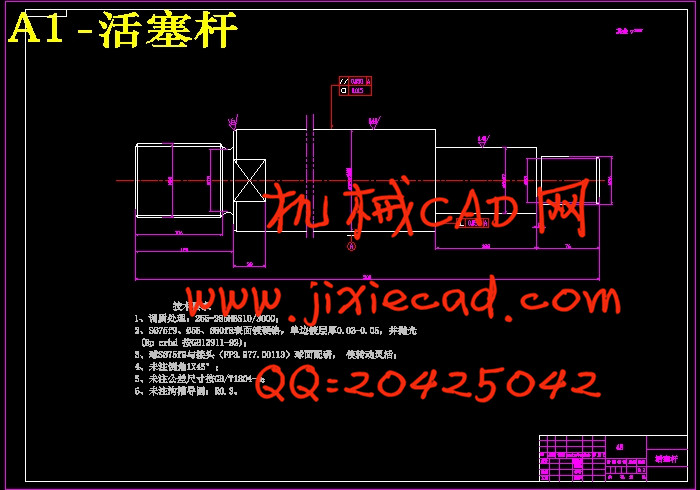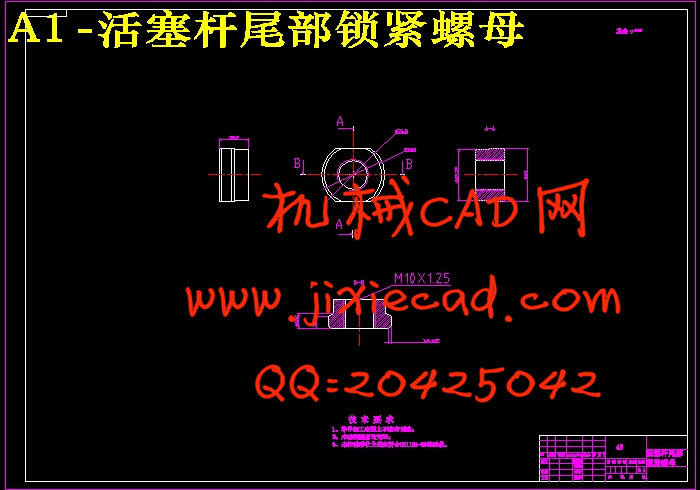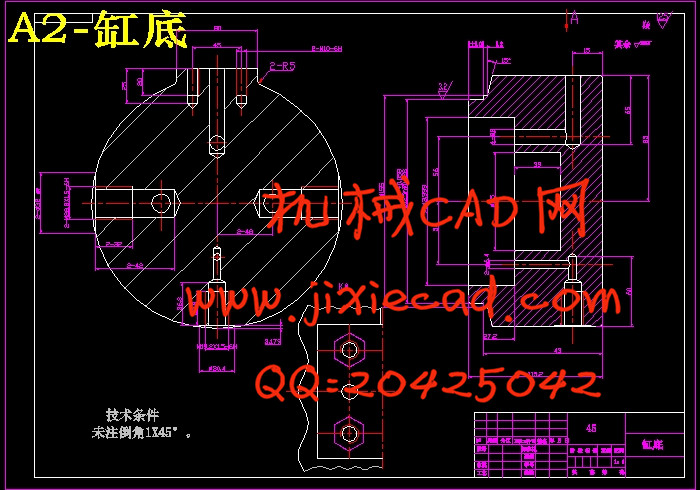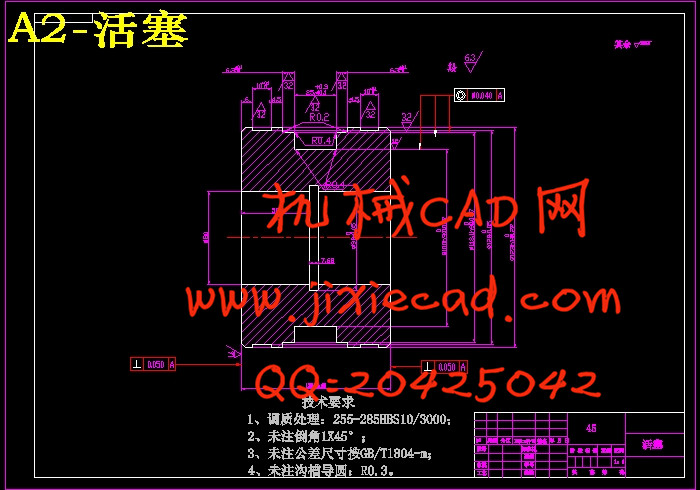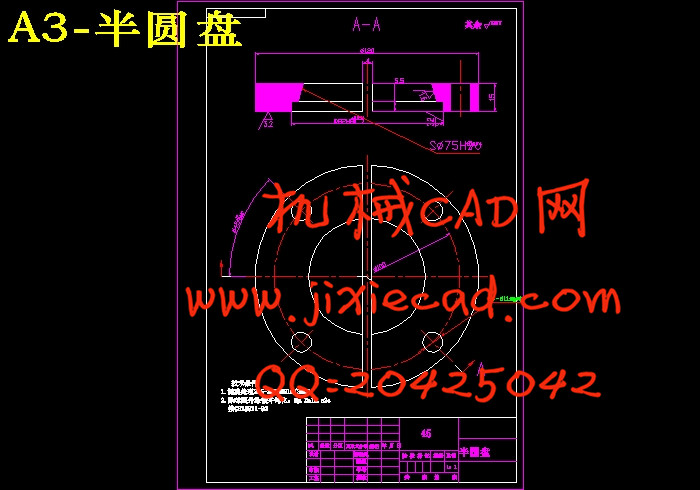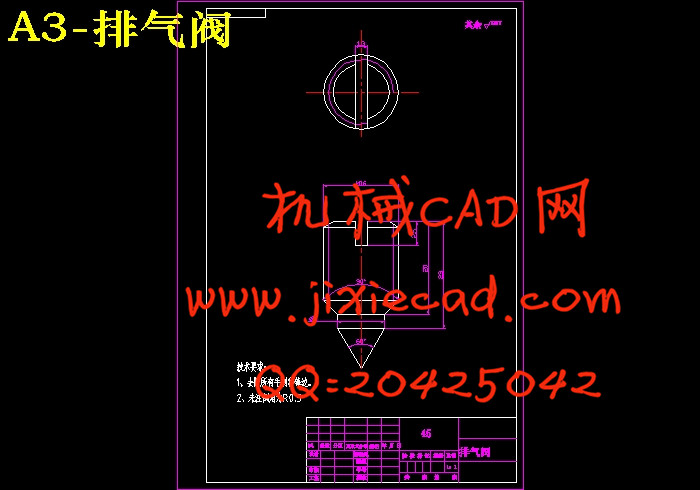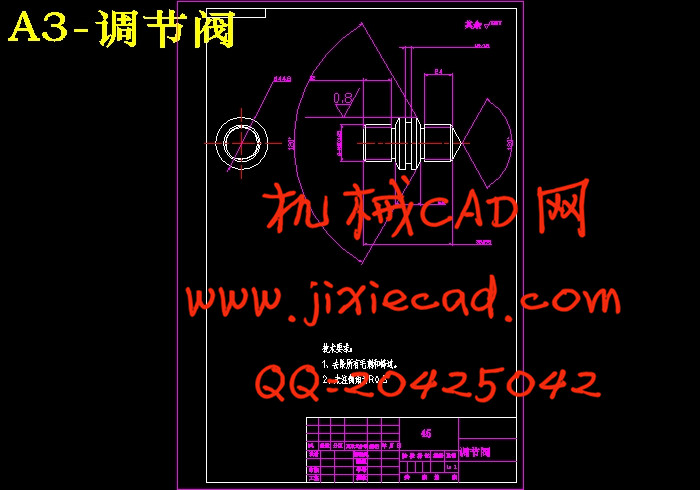设计简介
摘 要
压力缸是最常见的液压元件,可靠性是指系统不能发挥功能,由于意外的原因(如管道破裂,没有电等)。指简单的系统尽可能可维护性,组件,例如作为一个标准的结构和维护是很容易选择的,尽可能多地。效率,尽可能地小,是各种缸的能量损失。上述要求,不仅满足该系统的电源要求,最重要的是保证了系统的安全性和可靠性。关键词:压力缸,安全性, 可靠性
Abstract
The hydraulic system to transfer power, ensure adequate power is its basic requirement. In addition, consider the system stability, reliability, maintainability, safety and efficiency. The stabilizing means when the system works steady motion and system performance stability (such as environmental temperature on the influence of oil etc). Reliability refers to the system is not due to accident reason to work ( such as tubing rupture without electricity, etc. ). Maintainability is referred to the system as simple as possible, element is chosen as far as possible standard parts, structure as much as possible so that the maintenance is convenient. Security is not due to the fault of the hydraulic system causes the antenna frame collapse or other accidents (such as the drop out of control, antenna due to gravity acceleration whereabouts ) . Efficiency refers to the hydraulic system of the various energy loss as small as possible. The above requirements, in addition to meet the power requirements, the most important thing is to ensure the safety and reliability of the system.Keywords: hydraulic system, safety, reliability
目 录
摘 要 IIAbstract III
目 录 IV
第1章 概述 5
1.1混凝土砌块机的简介 5
1.2液压传动的工作原理 6
1.3液压传动的组成部分 7
1.4液压传动的优缺点 7
第2章 压力缸的结构 9
第3章 混凝土砌块机压力缸设计计算 10
3.1压力缸主参数的确定 10
3.2压力缸主要部位的计算校核 14
3.2.1 活塞杆强度和压力缸稳定性计算 14
3.2.2缸筒壁厚的验算 16
3.2.3 缸筒的加工要求 18
3.2.4 法兰设计 18
3.2.5 (缸筒端部)法兰连接螺栓的强度计算 19
3.3 活塞的设计 21
3.4 导向套的设计与计算 21
3.5 端盖和缸底的设计与计算 23
3.6 缓冲装置的设计 24
3.7 排气装置 25
3.8 密封件的选用 26
3.9 防尘圈 28
3.10 压力缸的安装连接结构 28
第4章 混凝土砌块机压力缸研究 32
总 结 38
致 谢 40
参考文献 39


